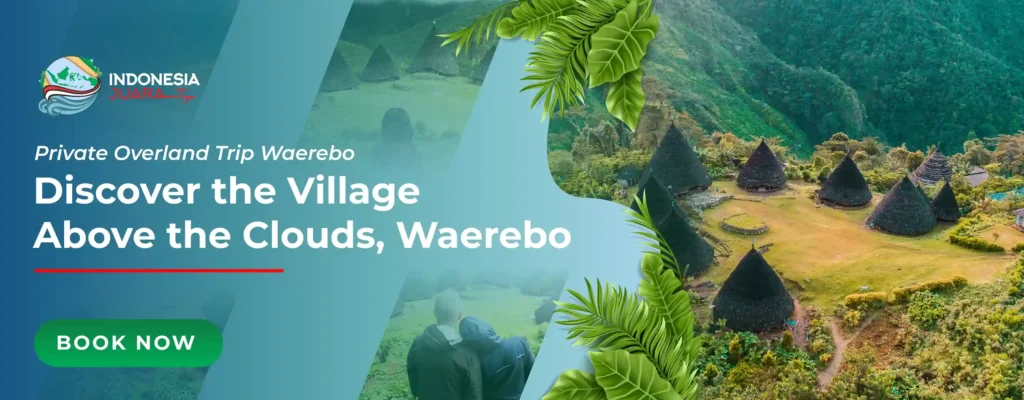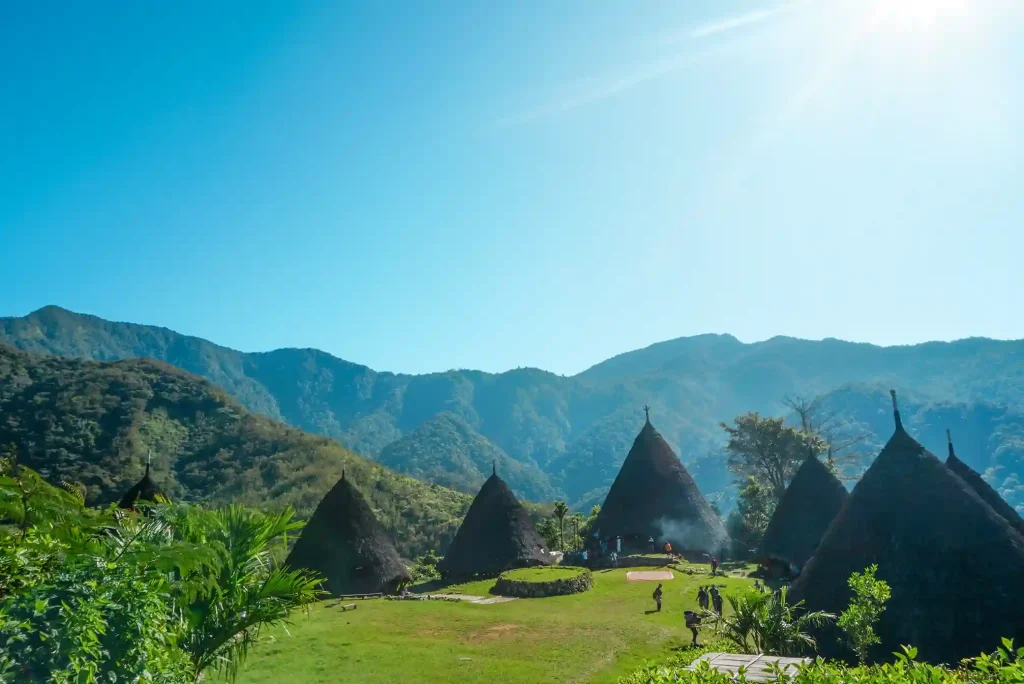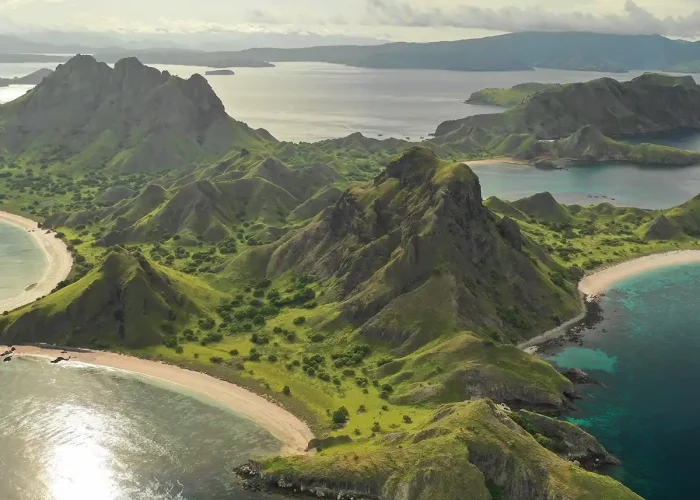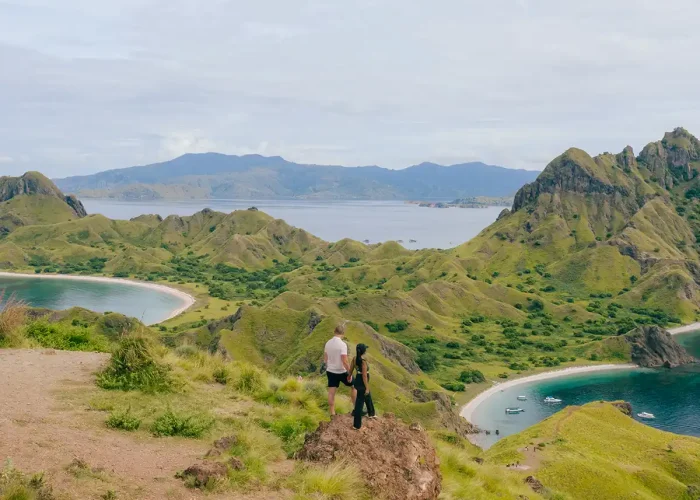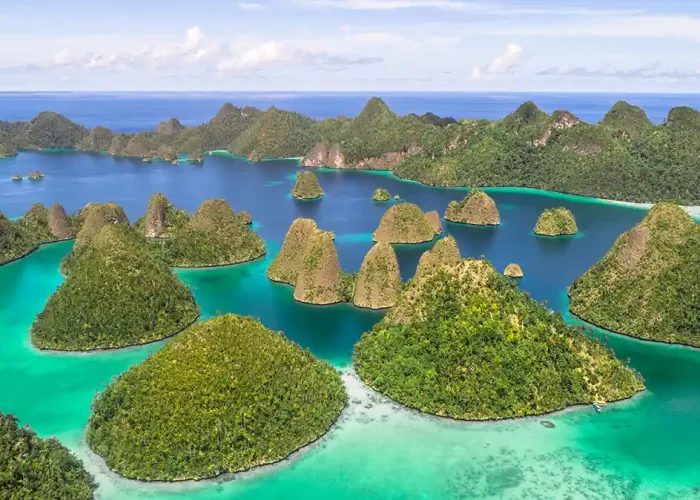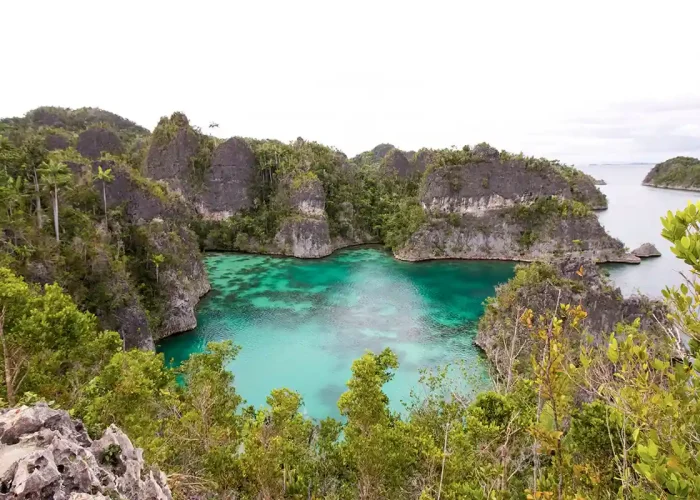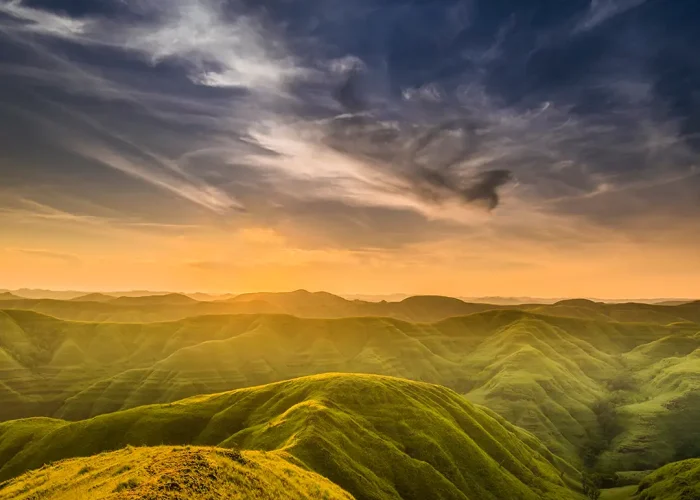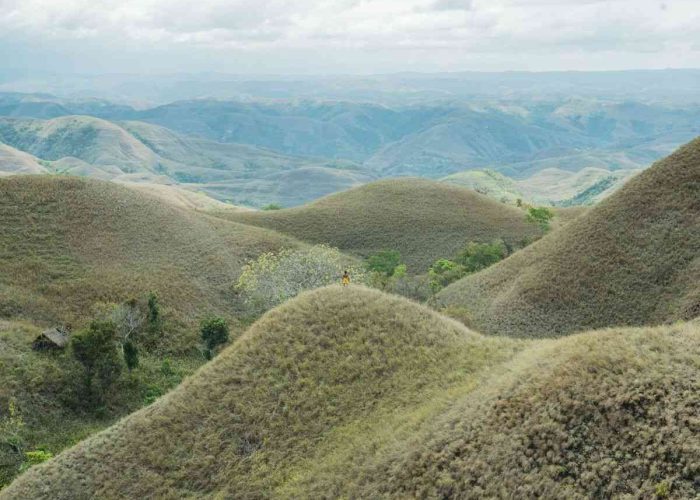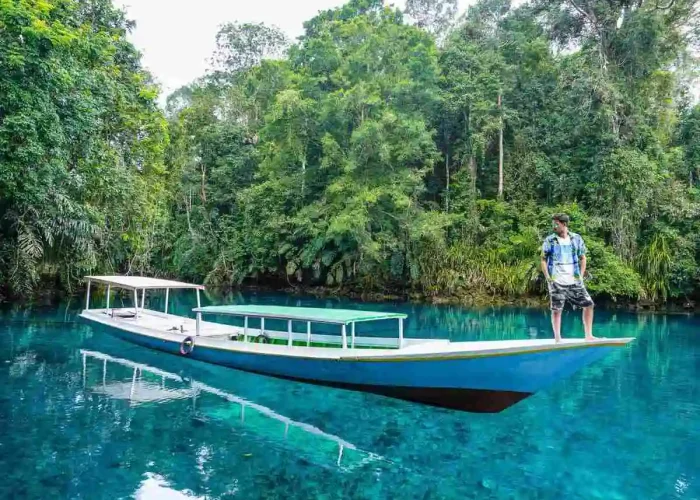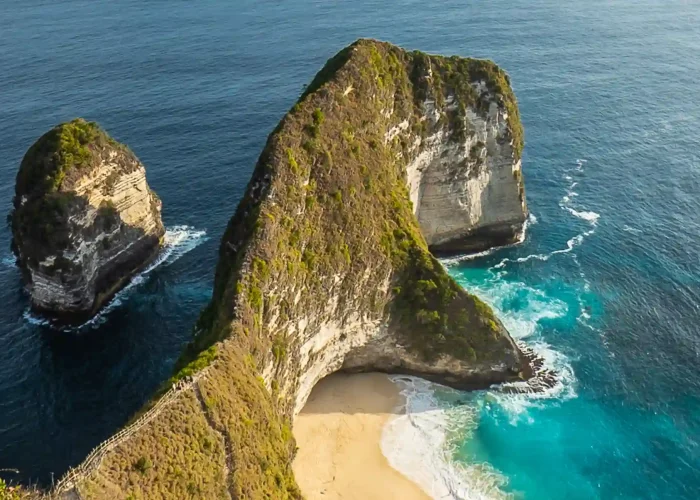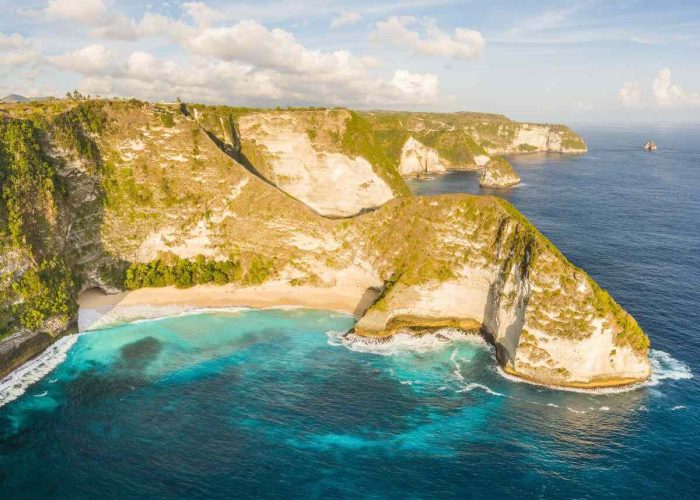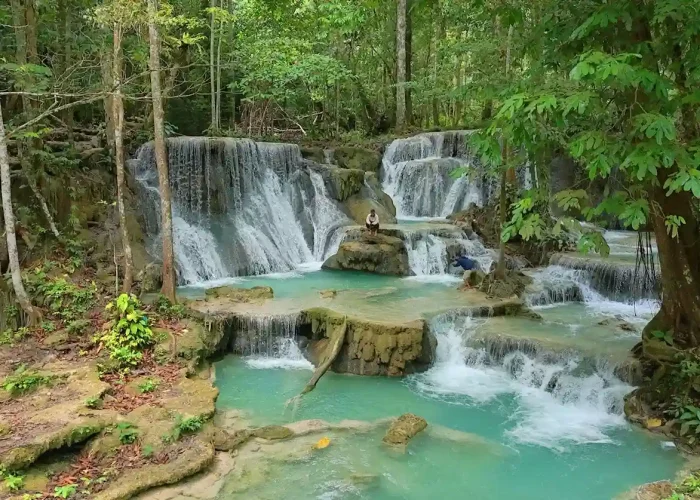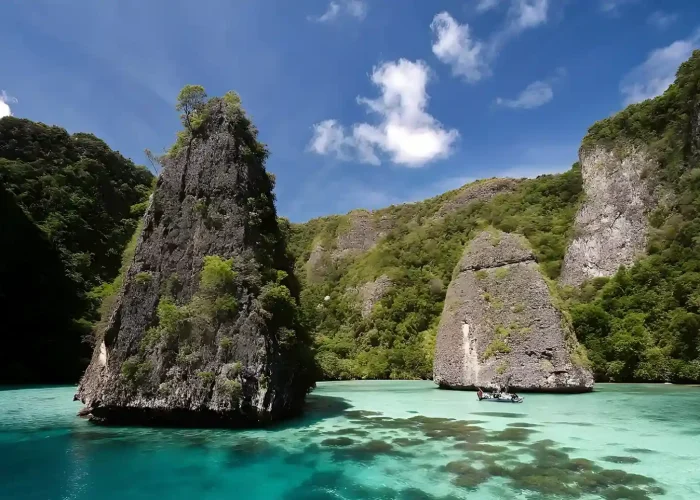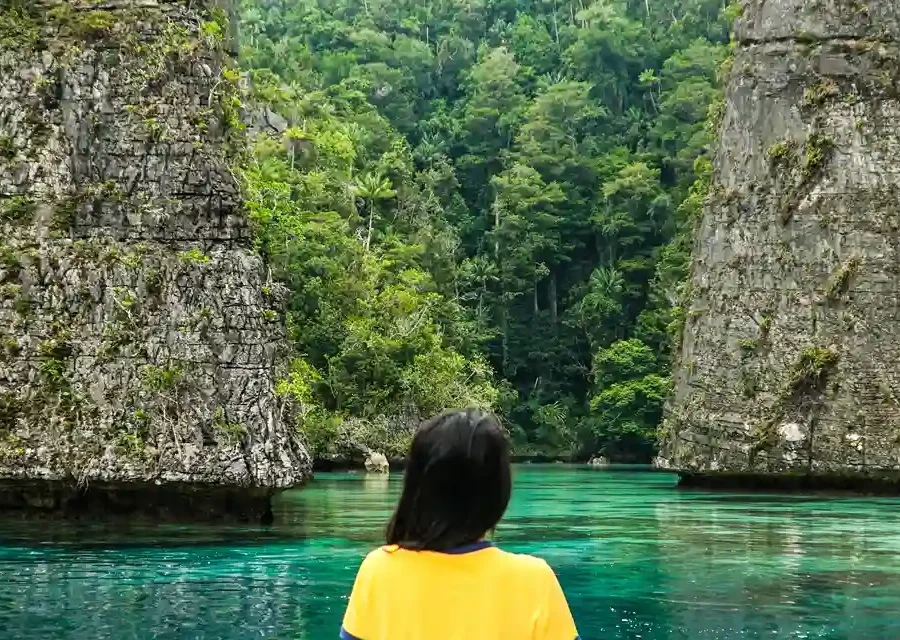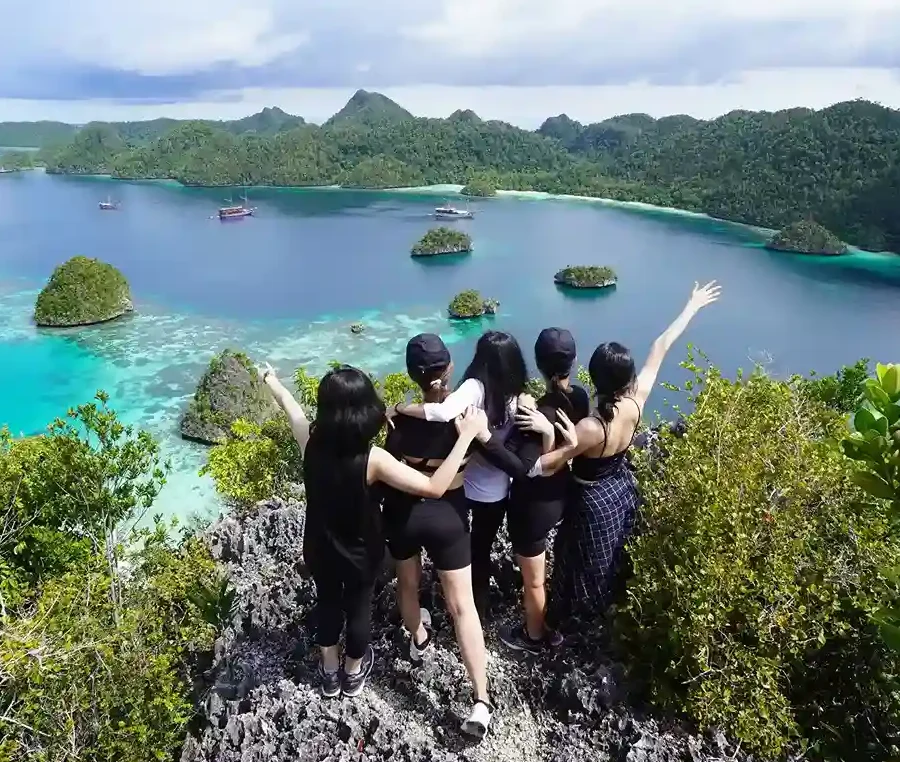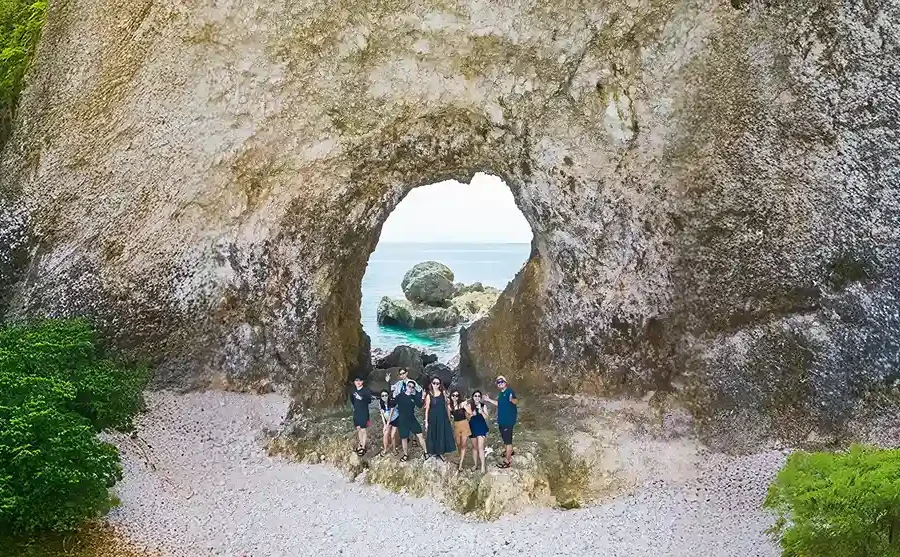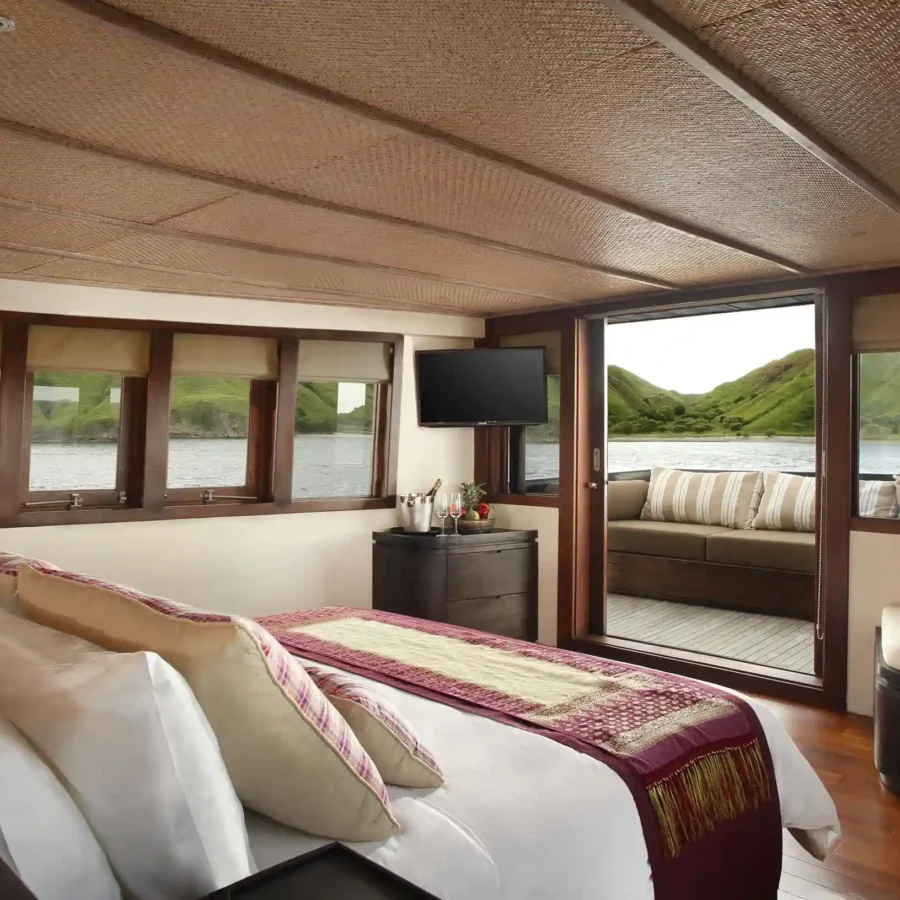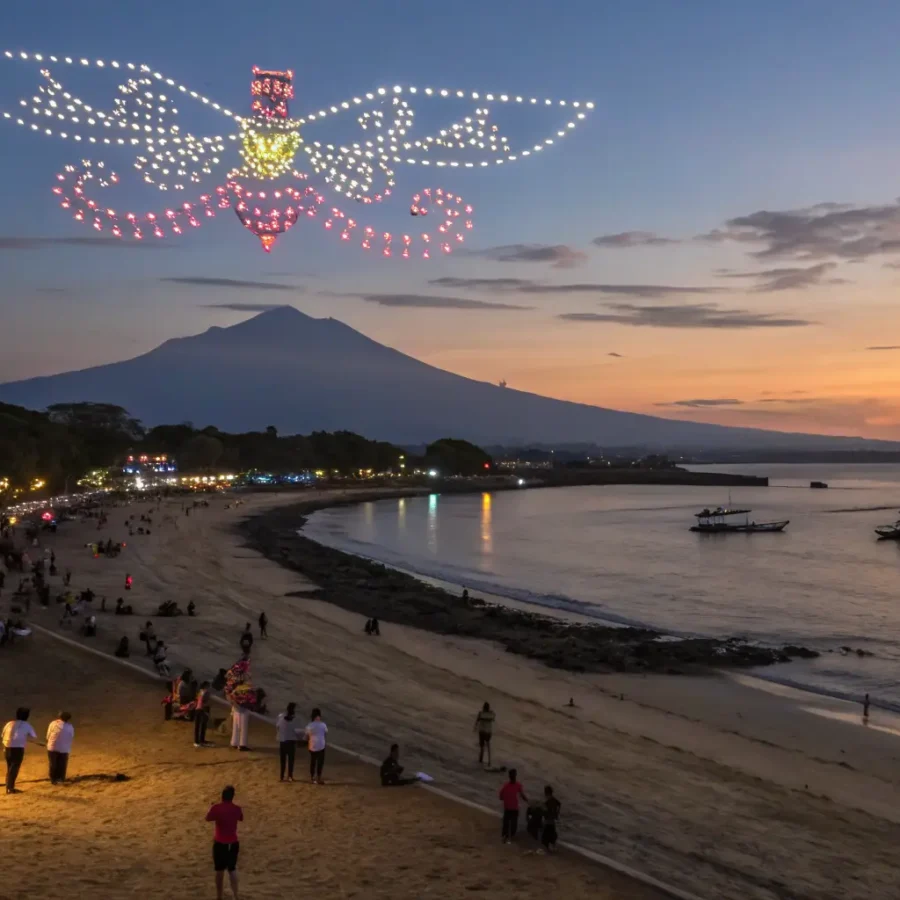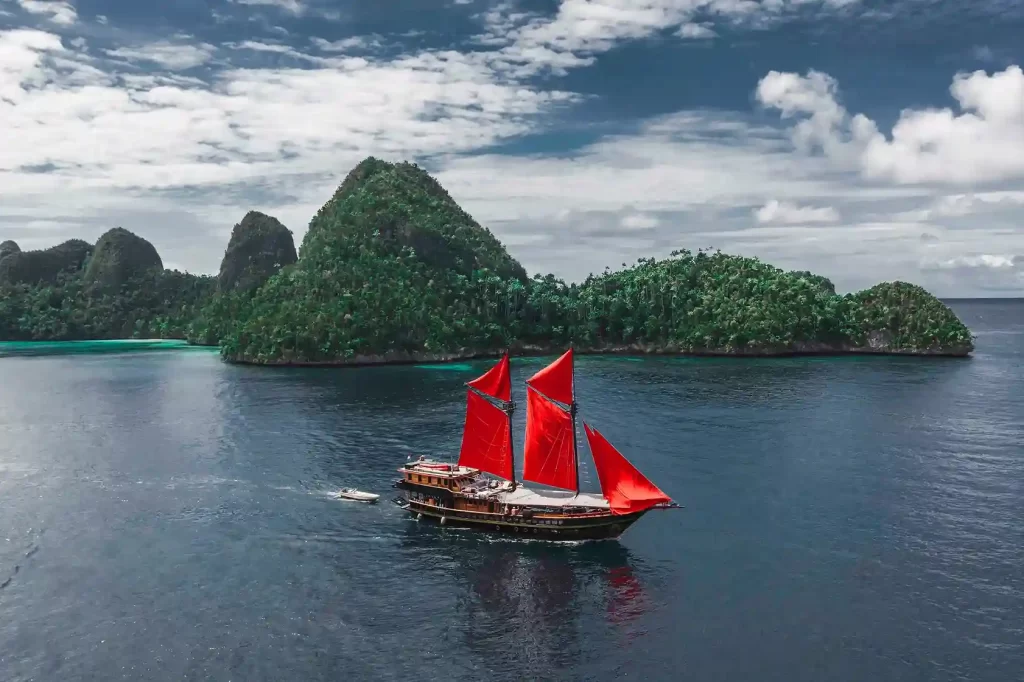Have you ever heard about a village above the clouds that can only be reached after hours of trekking? Yep, it’s called Wae Rebo. This tiny village tucked away in the mountains of Flores isn’t just captivating for its stunning scenery, it also carries a long and rich story that has shaped it into what it is today. Many travelers come to see the unique cone-shaped traditional houses, but not everyone knows the stories hidden behind the village’s mist and silence.
So, if you’re curious, it’s time to dive into another side of Wae Rebo: learning about its origin, its ancestors, and how its people preserve their cultural heritage in a world that’s constantly changing. Discovering the origin of Wae Rebo isn’t just about understanding history, it’s about witnessing how local wisdom continues to thrive against the tide of modern times. Let’s begin this journey from the very beginning of Wae Rebo’s founding.
Table of Contents
A Glimpse of Wae Rebo Village
Wae Rebo is a traditional village nestled deep in the remote mountains of Manggarai Barat Regency, on the island of Flores, East Nusa Tenggara. Located at around 1,200 meters above sea level, it’s no surprise that the village is often wrapped in thick mist, giving it a peaceful, almost mystical atmosphere. The village consists of only seven traditional houses and is home to about 300 people who live communally and in harmony with nature. Many call it “the village above the clouds” due to its high altitude and serene setting.
What makes Wae Rebo truly special isn’t just its natural beauty, but the strong cultural and historical values it holds. It has become a dream destination for culture lovers, photographers, and travelers in search of something authentic. Every corner of the village carries echoes of the past, still alive through its traditions and way of life that remain largely untouched by modern influences. When you visit, you won’t just witness visual beauty, you’ll immerse yourself in living cultural heritage.
Wae Rebo is not your average tourist village. Its existence symbolizes resistance to the ever-changing times. The community chooses to uphold traditions and local wisdom in their everyday lives. This article takes a deeper look into the origin of Wae Rebo, how its history was shaped, and how the people continue to protect their ancestral legacy for future generations.
Tracing the Origin of Wae Rebo: Ancestral Footsteps from Minangkabau
The origin of Wae Rebo is closely linked to the migration story of its people’s ancestors from Minangkabau, West Sumatra. According to oral traditions passed down through generations, their ancestors undertook a long journey across sea and land before finally settling in these Flores mountains. This migration wasn’t just a physical movement, it also carried with it cultural values and knowledge that are still evident in Wae Rebo’s daily life today.
A key figure in this history is Empu Maro, a leader who guided his people to settle in this region. He is believed to be the founder of Wae Rebo and is revered for shaping the village’s social and cultural structure. Empu Maro is not just a mythical figure; his presence is a vital part of the community’s belief system and collective identity even today.
The name “Wae Rebo” itself is believed to derive from two words in the Manggarai language: “Wae” meaning water, and “Rebo” meaning mist or dew. The name perfectly reflects the village’s geography, surrounded by natural springs and often enveloped in mist. From this alone, you can see that the origin of Wae Rebo isn’t just a tale of migration, it’s a story of identity built in deep connection with the surrounding nature.
Mbaru Niang: Traditional Architecture with Deep Meaning
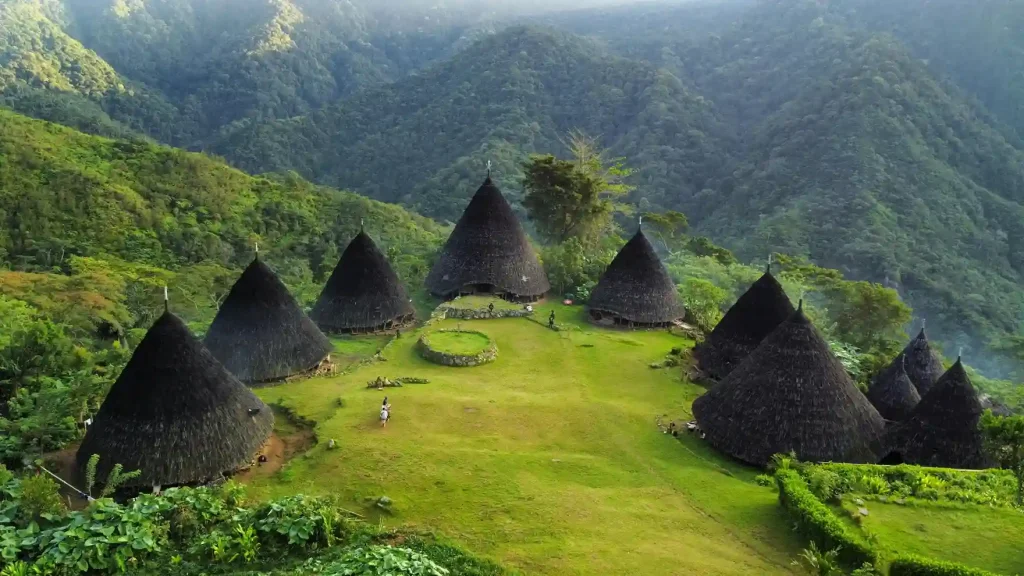
Mbaru Niang is the traditional house of Wae Rebo, and it has now become the village’s iconic symbol and main attraction. The house has a tall conical shape with an ijuk (palm fiber) roof and consists of five levels, each serving a different purpose. The first level is used for living, while the upper levels store food, farming tools, and ceremonial items. Its entire structure is made of natural materials like wood, bamboo, and ijuk, built without a single nail.
The construction of a Mbaru Niang is done through collective effort, guided by a “Tukang Niang” or traditional architect. The process isn’t only technical, it’s also spiritual, always beginning with traditional rituals to seek permission from the ancestors. In fact, UNESCO recognized Mbaru Niang in 2012 as an intangible cultural heritage of humanity, reinforcing the importance of preserving this unique ancestral architecture.
Each Mbaru Niang is home to several extended families and serves as a hub for social life. It’s more than just a house, it’s a place for decision-making, rituals, and daily community activities. Its presence reflects the communal lifestyle philosophy based on solidarity and togetherness, values that are becoming increasingly rare in today’s modern world.
Read more: Festivals and Cultural Events in Labuan Bajo, You Can’t Miss!
Rituals and Spiritual Life in Wae Rebo
Wae Rebo is a village that still holds its spiritual traditions and ancestral rituals close. One of the most important ceremonies is Penti, a ritual to express gratitude for the harvest and pay respect to the ancestors. It’s held annually and involves all villagers, as well as invited guests from neighboring communities. The ceremony includes animal sacrifices, communal prayers, and traditional dances.
Besides Penti, there are other significant rituals like Neku (seeking permission before building a new house) and Wuat Wa’i (a purification ceremony). These rituals are performed solemnly and are accompanied by prayers in the Manggarai language, passed down through generations. These rituals help strengthen the identity of Wae Rebo as a community that deeply respects its ancestors and lives in harmony with nature.
In daily life, the people of Wae Rebo maintain strong spiritual beliefs. They believe that their ancestors continue to watch over and protect them, so every major decision involves prayers and customary consideration. These values have shaped a humble, grateful, and balanced community, one that lives between the physical and spiritual realms. When you visit Wae Rebo, you’ll feel the peaceful energy that flows through every interaction and moment in the village.
A Community Preserving Ancestral Heritage in a Changing World
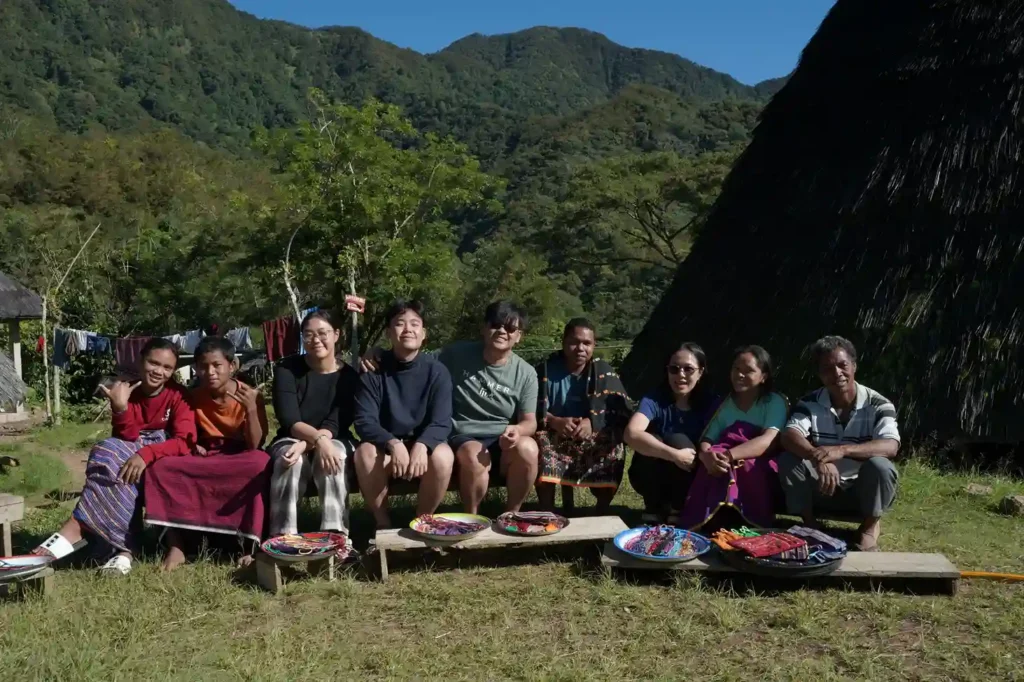
In today’s fast-paced digital world, preserving local culture is no easy task. But the people of Wae Rebo have done so diligently and consistently. They have their own informal education system, where children learn about their ancestors’ history, proper etiquette, local language, and how to build a Mbaru Niang. This knowledge is passed down through storytelling, hands-on practice, and active participation in traditional events.
One key strategy they’ve adopted is limiting tourist access to maintain control. Not every tourist can enter freely, there are procedures established by the community that must be followed. This approach maintains a balance between opening the village to tourism and protecting its culture and environment. Support from cultural organizations and the government has also strengthened their conservation efforts.
Wae Rebo stands as a living example of how a traditional community can thrive without losing its identity. They do not reject modernity altogether, they choose carefully what to embrace and what to preserve. This combination of openness and preservation is what keeps the origin of Wae Rebo alive and relevant, not just as a story of the past, but as a living identity carried into the future.
The Journey to Wae Rebo
Getting to Wae Rebo isn’t easy, and that’s part of its charm. From Labuan Bajo, you’ll take a 6 to 7-hour drive to Denge Village, the starting point of the trek to Wae Rebo. From there, it’s a 4-kilometer hike along a mountain trail that can only be done on foot. It usually takes around 2.5 to 3 hours, depending on your fitness and the weather.
During the trek, you’ll pass through dense tropical forests, hike along mountain slopes, and breathe in the crisp highland air. Along the way, you’ll cross small rivers and hear wild birds, adding to the adventure. While physically demanding, many travelers say the trek is the most memorable part of the trip, it offers time for reflection and deep connection with nature.
When you finally reach the top and see the Mbaru Niang rising through the mist, all the exhaustion fades away. Wae Rebo welcomes you with stillness, warmth, and a calm atmosphere that’s impossible to find elsewhere. It’s a moment that feels like stepping back in time, into a village untouched by modernity, shaped by the very origin of Wae Rebo.
Read more: 10 Top Cultural Destinations in Indonesia
Explore Wae Rebo Village Up Close with IndonesiaJuara Trip
Visiting Wae Rebo is not just about seeing a beautiful place, it’s about immersing yourself in an authentic way of life. In a world that moves so fast and digitally, Wae Rebo reminds us of the importance of staying rooted in culture, living in harmony with nature, and honoring the wisdom of our ancestors. If you’re searching for a destination that not only pleases the eye but also enriches the soul, Wae Rebo is the place to be. This village offers more than Instagrammable photos, it delivers a profound spiritual, cultural, and historical experience.
Now that you know the origin of Wae Rebo, the rich culture it holds, and how to reach it, what are you waiting for? Let’s make your dream to explore Flores come true and experience the uniqueness of Wae Rebo yourself! IndonesiaJuara Trip is ready to be your travel buddy on this cultural journey. With all-inclusive travel packages, experienced local guides, and truly authentic experiences, you can enjoy Wae Rebo hassle-free. Click here to check the latest Wae Rebo trip packages from IndonesiaJuara Trip. A cultural adventure awaits you!
